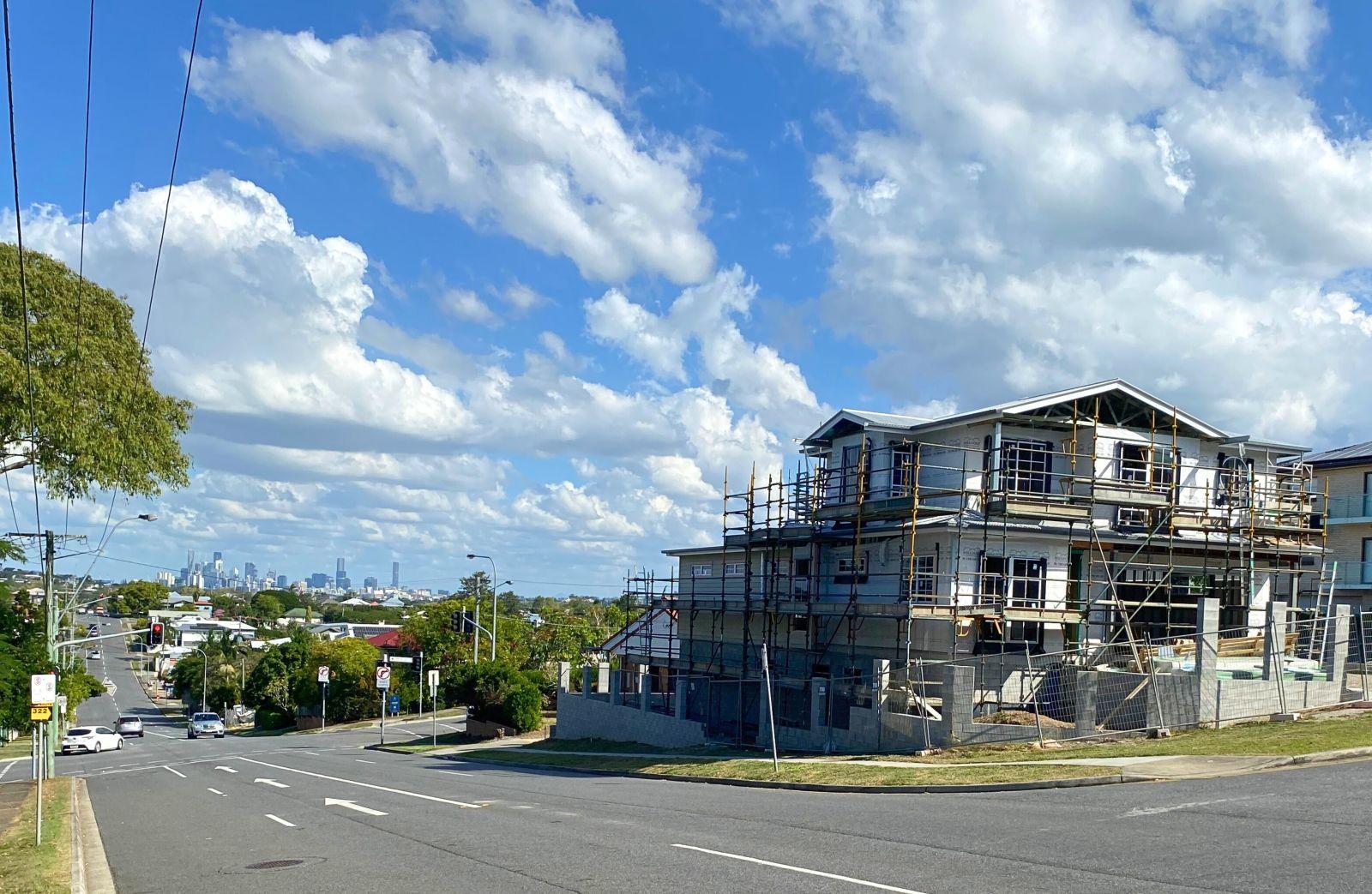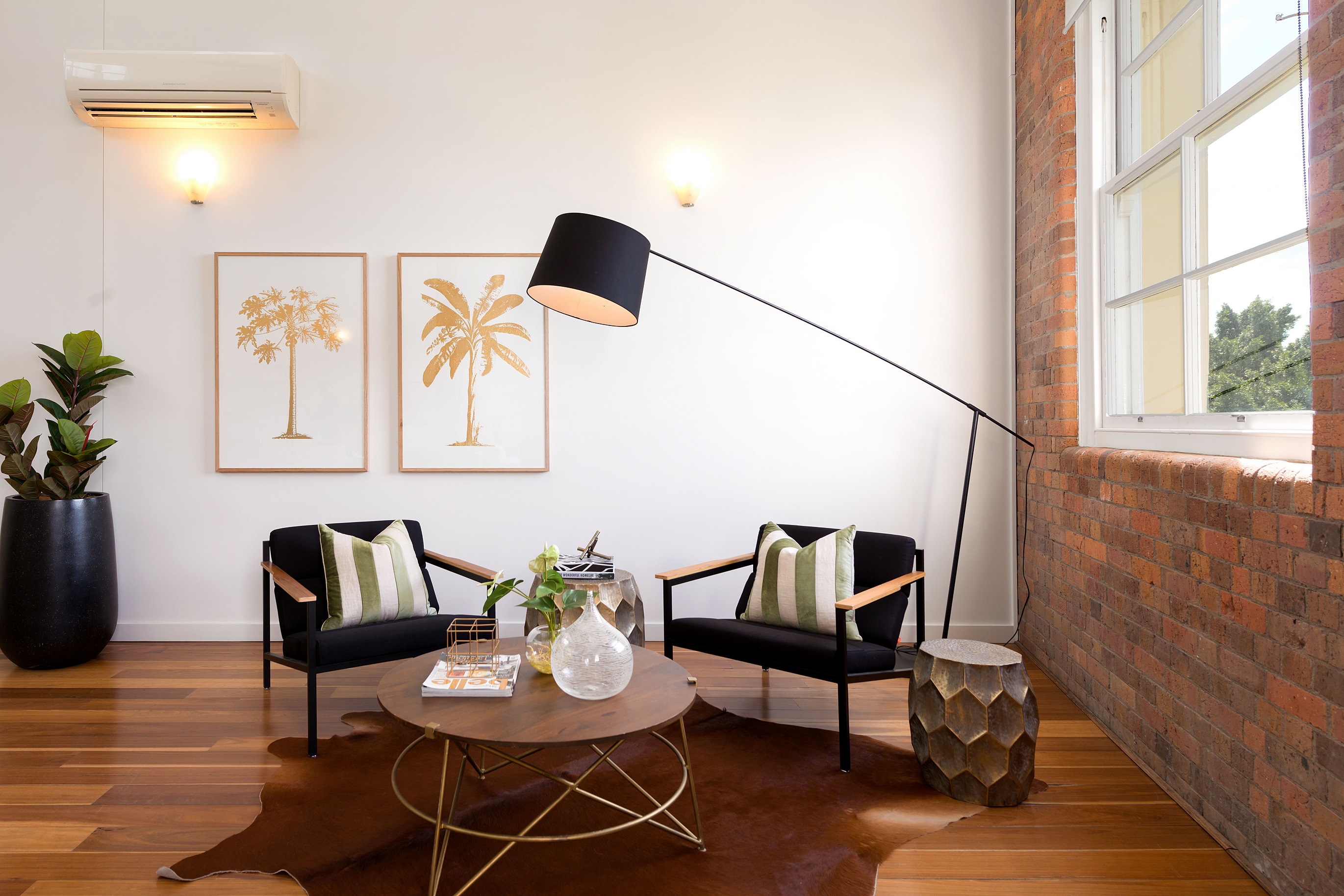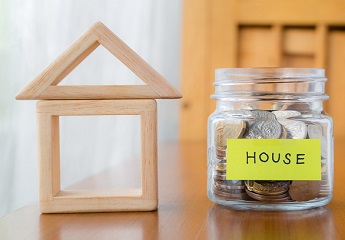
The Urban Developer’s latest Brisbane housing market insights reveal home prices in the Queensland capital sit 10.7 per cent below their recent peak, which is the third largest decline among capital cities.
This resource, updated periodically, will collate and examine the economic levers pushing and pulling Brisbane’s housing market.
Combining market research, rolling indices and expert market opinion, this evolving hub will act as a pulse check for those wanting to take a closer look at the movements across the market.
Brisbane median property prices % change
| Type | Month | Quarter | Annual | Median |
|---|---|---|---|---|
| All | 0.3% | 0.1% | -9.8% | $705,016 |
| Houses | 0.2% | -0.1% | -11.8% | $781,881 |
| Units | 0.9% | 1.1% | 1.5% | $498,374 |
^Source: CoreLogic - April 2023
Brisbane home prices retreated 1.7 per cent for the three months to March 2023, CoreLogic research showed.
This was a steeper decline than the national result, which was a 0.6 per cent fall in home values. The combined capitals gave up 0.4 per cent and the combined regions 1 per cent.
Regional Queensland home prices lost 0.8 per cent for the quarter.
Quarterly declines in national home values had been losing pace since September last year, CoreLogic said.
Brisbane home values were down 8.6 per cent for the 12 months to March 2023, slightly worse than the national yearly decline of 8 per cent.
Brisbane just kept its nose in front of the combined capitals’ decline of 8.7 per cent for the year.
Queensland regional home prices have held up better than the capital, shaving off 4.6 per cent.
In March, Brisbane home values were 10.9 per cent below the record high set in June 2022.
Sales volumes, meanwhile, trended slightly higher nationally in March to an estimated 44,124. On an annual basis, sales were 20.7 per cent lower year-on-year, , CoreLogic calculated.
In Brisbane, home sales volume sank 22.3 per cent for the year, compared with the combined capitals at 20.3 per cent and the Queensland regions at even 20 per cent.
Time on market
The median time it takes for homes in the capital city to sell leapt to 34 days, compared to a low of 19 days in the three months to November 2021. Regional Australia chalked up even longer delays, with properties taking 50 days on average to sell in the three months to March.
In Brisbane, it was taking 34 days compared with 13 for the previous corresponding period. In the Queensland regions it was taking 43 days, up from 20 for the same period in 2022.
Vendor discounts
The national median vendor discount had risen to 4.2 per cent from 3.1 per cent in the March quarter of 2022. Nevertheless, discounting rates in capital cities have backed off in 2023 so far.
In Brisbane, home vendors were dropping prices 4 per cent to make the sale, compared with a 2.8 per cent discount for the corresponding period.
Listings
In the four weeks to April 2 2023, the volume of new listings totalled 36,464 nationally. “New listings have now moved through a seasonal peak and are likely to trend lower through the cooler months of the year before rising in spring,” CoreLogic said.
In Brisbane, new listings were down 22.5 per cent on the equivalent four weeks in 2022, while total listsings were down 1.8 per cent.
Brisbane’s housing market: policy updates and trends
Caution Urged Over Mooted Sunset Clause Clampdown
Major reforms to prevent developers from invoking sunset clauses to terminate off-the-plan land sales contracts in a bid to take advantage of increasing property prices have been flagged in Queensland.
But the industry has warned the proposed changes come at a time “when the housing system can least afford uncertainty and instability and a clampdown on the access to funding”.
In a statement, the Queensland government indicated work was under way on amendments to legislation “to strengthen consumer protections” for off-the-plan residential property contracts for the sale of land.
Go-Ahead for 1100 Housing Lots on Sunshine Coast
Approval for 1100 new housing lots has been granted by the Queensland government for what has been dubbed the state’s fastest-growing residential community.
Aura, a 2350sq m urban development at Caloundra South on the Sunshine Coast, is on its way to becoming a new regional city of 50,000 people on the Sunshine Coast.
The latest slew of blocks given the green light brings the masterplanned community about halfway to its target of providing lots for 20,000 new homes.
‘Up Not Out’: Brisbane’s Inner City Strategy
Planners will run the rule over four Brisbane inner-city hotspots to assess their densification, connectivity and development opportunities.
The Brisbane City Council has released its Inner City Strategy document, which deputy mayor Krista Adams says will help to shape future growth of the economic powerhouse of south-east Queensland. The target areas for precinct renewal are Kurilpa, Albion, Newstead and Woolloongabba.
“We need to go up, not out,” Adams said.
*This post was originally published on https://www.theurbandeveloper.com/articles/brisbane-housing-market-update




